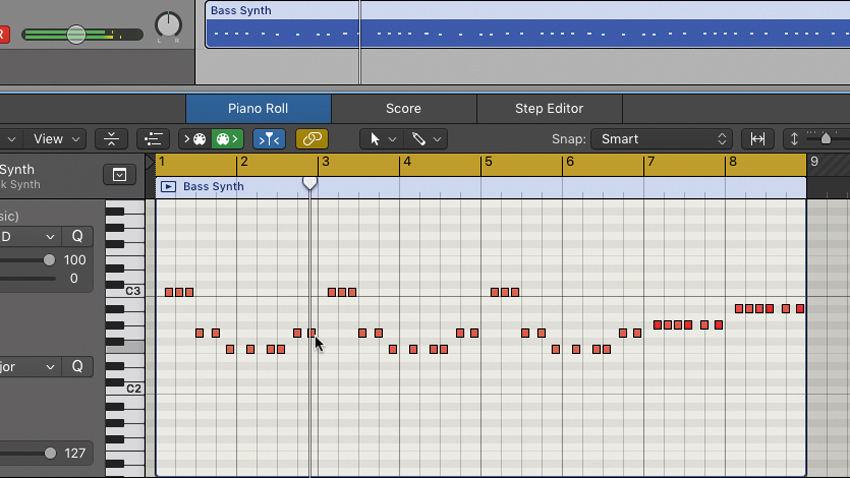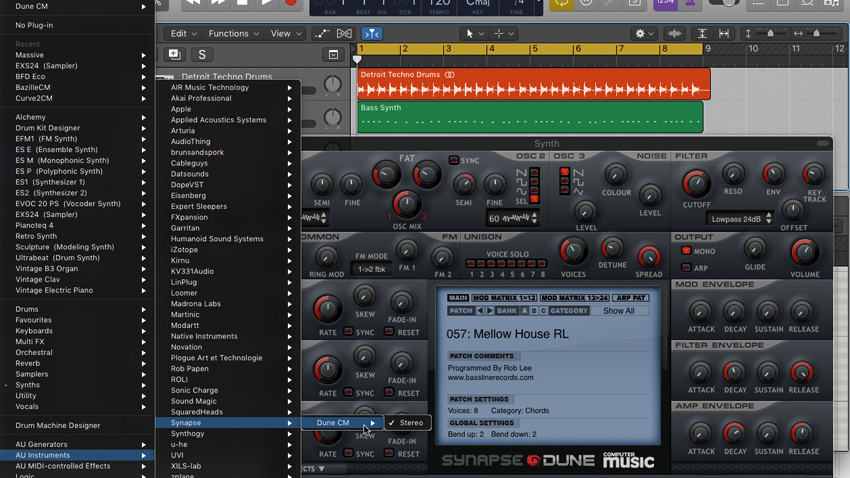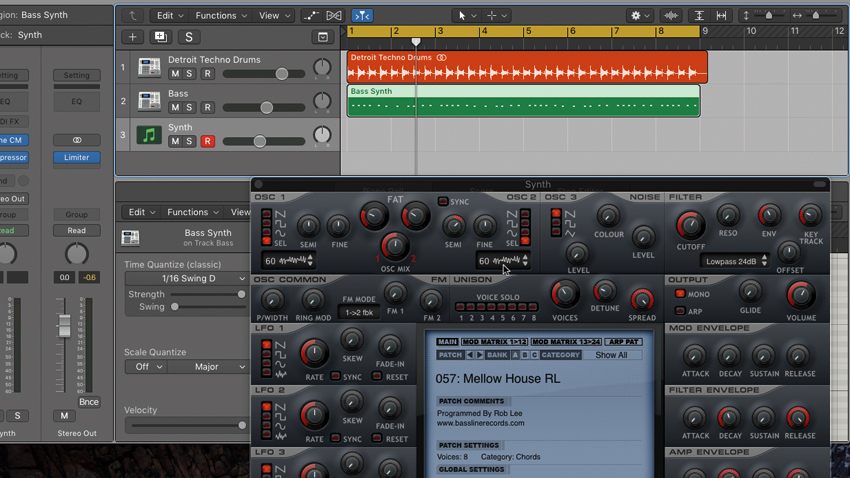How to create Detroit techno-style fixed interval chords
Emulate the 'chord memory' synths of old with this classic dance music production technique

Every dance music style and subgenre has its own 'thing' – a signature element that helps to instantly define it.
In the case of Detroit techno, one of those 'things' is the fixed interval chord, which came about through a specific feature of many synths of the era. Here's how you can recreate the effect today…
For more 'genre theory', pick up the September edition of Computer Music.

Step 1: Detroit techno, a more electronic-sounding offshoot of house, often made use of the chord memory feature of certain synths, which enabled you to play a particular chord shape with a single key. This kind of fixed-interval chord progression can be emulated in Dune CM. We start by loading up an instance of the synth in our techno example project.

Step 2: What makes Dune CM particularly appropriate for this is that it includes oscillator waveforms pre-programmed at specific intervals to replicate certain chord shapes. For example, preset 057: Mellow House RL uses waveform number 60, which is programmed in the shape of a minor chord - so when you hit a C note, you get a C minor chord!

Step 3: This means that when we copy the bass track in our project and paste it onto our Dune CM track, the bass notes play an auto-generated progression of minor chords that gives us that signature techno sound, namely Cm-Gm-Fm-Gm-Abm-Bbm. This kind of progression probably isn’t one you’d be likely to come up with using a conventional sound!
Want all the hottest music and gear news, reviews, deals, features and more, direct to your inbox? Sign up here.
Computer Music magazine is the world’s best selling publication dedicated solely to making great music with your Mac or PC computer. Each issue it brings its lucky readers the best in cutting-edge tutorials, need-to-know, expert software reviews and even all the tools you actually need to make great music today, courtesy of our legendary CM Plugin Suite.
